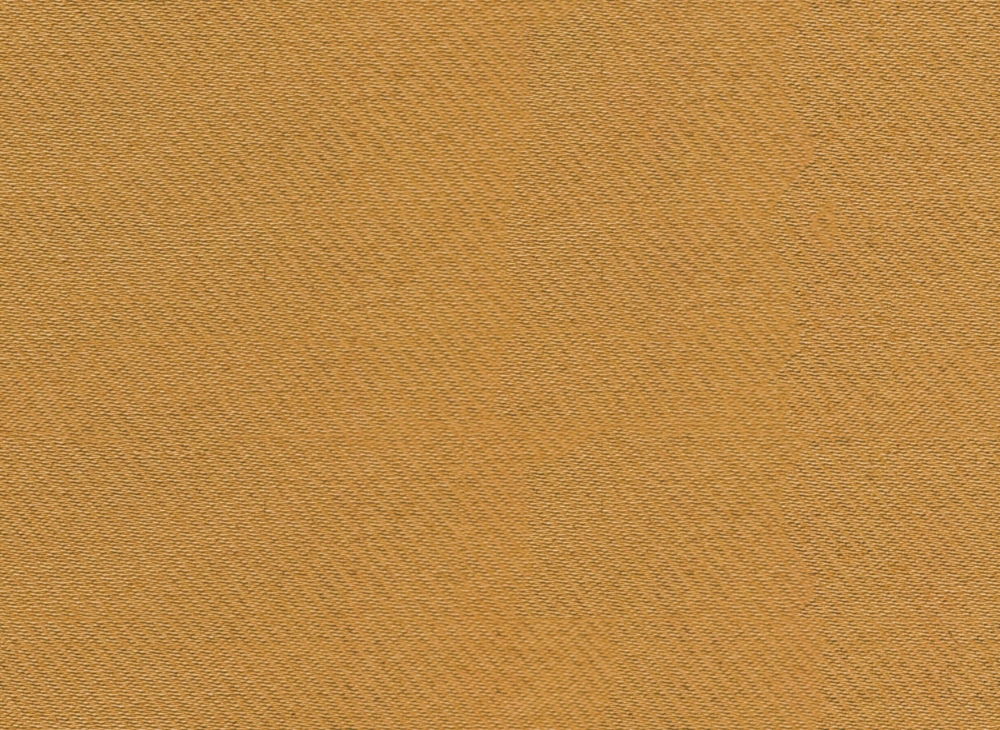Hardboard
Category
Wood
Download
Edit
Hardboard is a solid board comprised of timber fibres, making for a dense, durable and cost effective panel that is commonly used to construct furniture, doors, parti walls and cable trunking, as well as being used as the backing board for more decorative timber veneers. Its structural density, strength, malleability, low cost and theoretically unlimited dimensions have popularised hardboard in the manufacture of skateboard and BMX park ramps, amongst other more complex and large scale uses. Similar to the more commonly known MDF in that it is constructed with compressed fibres, hardboard is compressed at a much higher density, at around nearly 100kg/m compared to MDF which is around 60-70kg/m. Additionally, the more fibrous and dense the board, the better it will cut and hold fixings without flaking or cracking.
Hardboard becomes more cost effective than ‘real’ timber over larger sheet sizes, as there is no limit to the dimensions of the manufactured timber in comparison to raw sawn sheets, which are limited by the size of the origin tree. Hardboard, MDF and their low density relative, particleboard, are also much more economical and useful as they are composed from the bye products and offcuts of real timber sheeting. Hardboard is normally only manufactured in thin sheets as it performs better than thicker sheets of lower density real or manufactured timber panels due to its very high density and subsequent heavy weight, saving space and requiring less depth and contact area with fixings. Its density and fibrous nature also helps provide more purchase for fixings, such as screws and nails, without cracking or fracturing under stress, which is particularly common in interlocking grained species of timber. Being fibre based, users will find a greater degree of control and certainty when cutting or screwing, as the consistent density throughout and lack of knots or other obstacles prevents ‘biting’ when working, or the slippage of fixings. Additionally, with suitable weather protective coatings and finishes, hardboard is extremely durable and can be fairly easy to work with both hand-held tools and workshop machinery while providing excellent resistance against moisture ingress and susceptibility to insect infestation.
This particular hardboard texture has a bumpy, speckled, almost grainy effect and a warm, deep golden brown hue and can be used for structural elements of furniture and partitioning walls, as a low-cost decorative element on doors, cupboards, shelving and wall panelling.
A seamless wood texture with a hardboard surface. Seamless textures can be tiled repeatedly across a surface without visible seams making them useful for architectural drawings and 3D models. This image can be used as a SketchUp texture, Revit material or imported into Photoshop for use in 2D illustrations. A high resolution version of this texture is available, as well as CAD hatches and PBR maps with Architextures Pro.

